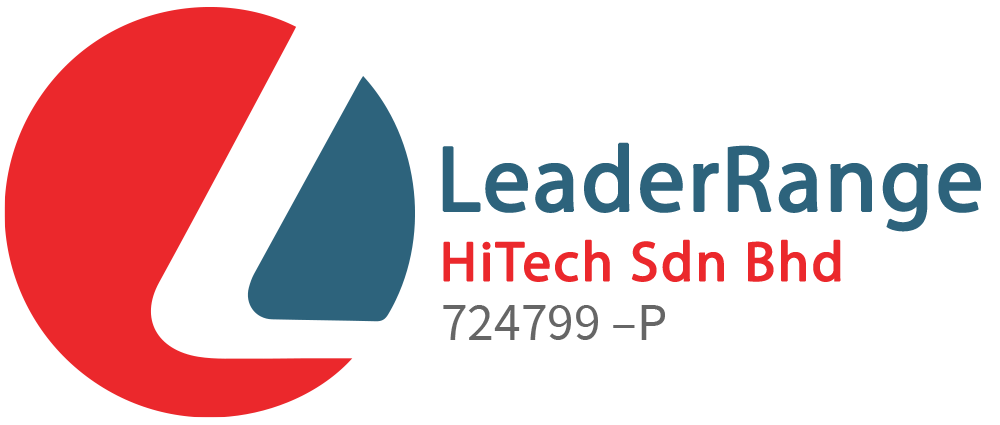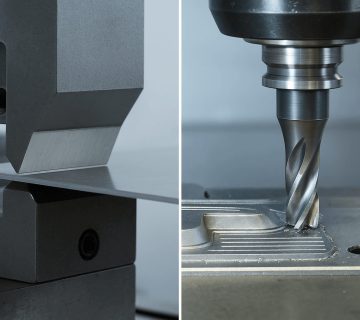Rubber Tips: Enhancing Precision in Semiconductor Backend Processing
In the semicon industry, precision is a critical factor in ensuring the functionality and reliability of devices. Semiconductor backend processes, such as die bonding, wire bonding, and packaging, demand tools and materials that can meet the highest standards.
Rubber tips have become essential components in these processes, which provide the accuracy and reliability needed to handle advanced applications like bump dies and LED packages.
The Role of Rubber Tips in the Semiconductor Backend
Rubber tips are widely used in semiconductor backend operations due to their unique properties. These tools are made to handle delicate materials with care, reducing the risk of damage during processes like die bonding and wire bonding. Their flexibility and durability make them ideal for applications requiring high precision and minimal contamination.
One of the key benefits of rubber tips is their ability to maintain consistent pressure during operations. This consistency is vital when dealing with small and fragile components such as bump dies, where even slight variations can lead to defects. Rubber tips also help ensure accurate placement, which is a must for the functionality of advanced semiconductor devices.
Applications of Rubber Tips in Backend Processes
Rubber tips are essential in various semiconductor backend operations, offering precise handling and protection for delicate components. Their unique properties make them invaluable for achieving accuracy and consistency in processes such as die bonding, wire bonding, and LED packaging.
1. Die Bonding
Die bonding involves attaching semiconductor dies to substrates or packages. This process requires precise handling to ensure proper alignment and adhesion. Rubber tips play a significant role in die bonding tools, providing the necessary grip and control to position dies accurately. Their soft yet durable surface prevents scratching or chipping, ensuring the integrity of the dies.
For instance, Leader Hi-Tech’s die bond tools incorporate advanced rubber tips to optimize the bonding process. These tools are designed to meet the demands of the semicon industry, delivering exceptional performance in handling sensitive components like bump dies and LED packages.
2. Wire Bonding
Wire bonding is another important step in semiconductor backend processing. It involves connecting the die to the package using fine wires, which requires extreme precision. Rubber tips are commonly used in wire bonding tools to ensure steady control during the operation. They help prevent wire deformation and maintain the integrity of the bonds, which is crucial for the device’s electrical performance.
3. LED Packaging
In LED packaging, precision is vital to ensure proper light emission and functionality. Rubber tips are essential for handling LED components during the assembly process. Their non-slip surface and ability to absorb shocks make them ideal for positioning delicate LED packages without causing damage. Additionally, their resistance to wear ensures long-term reliability in high-volume production environments.
Advantages of Using Rubber Tips in the Semicon Industry
Rubber tips provide excellent precision and protection in semiconductor backend processes. Their unique characteristics ensure reliability, enhance productivity, and maintain the quality of delicate components in critical applications.
Enhanced Precision
Rubber tips provide the fine control required for intricate semiconductor backend processes. Their ability to apply uniform pressure and maintain consistent alignment reduces the risk of errors, improving overall yield and quality.
Minimized Contamination
Contamination is a significant concern in the semicon industry. Rubber tips are designed to be non-abrasive and free from particulates, ensuring that they do not introduce contaminants during handling. This property is particularly important in cleanroom environments where maintaining purity is essential.
Durability and Longevity
Rubber tips are engineered to withstand repeated use without losing their performance. Their resilience to wear and tear ensures they remain effective over time, reducing the need for frequent replacements and lowering operational costs.
Selecting the Right Rubber Tips for Semiconductor Applications
Choosing the appropriate rubber tips for specific semiconductor backend processes is important for achieving optimal results. Factors to consider include:
- Material Compatibility
Ensure the rubber tips are compatible with the materials being handled to prevent damage or contamination.
- Tip Design
The shape and size of the rubber tips should align with the requirements of the process, such as die bonding or wire bonding.
- Temperature Resistance
In some applications, rubber tips must withstand high temperatures without degrading.
- Cleanroom Compliance
Select rubber tips that meet the cleanliness standards of the production environment.
With consideration on these factors, manufacturers can enhance the efficiency and reliability of their semiconductor backend processes.
Final Takeaways
Rubber tips are vital to achieving the precision and reliability required in semiconductor backend operations. Their versatility and performance make them indispensable for applications ranging from bump dies to LED packages. In this regard, manufacturers can optimize their processes, improve yields, and meet the ever-growing demands of the semiconductor market by investing in the right tools and materials.
Rubber tips will undoubtedly continue to play a crucial role in advancing semiconductor backend technologies, supporting the development of cutting-edge devices that drive progress in the modern world.

